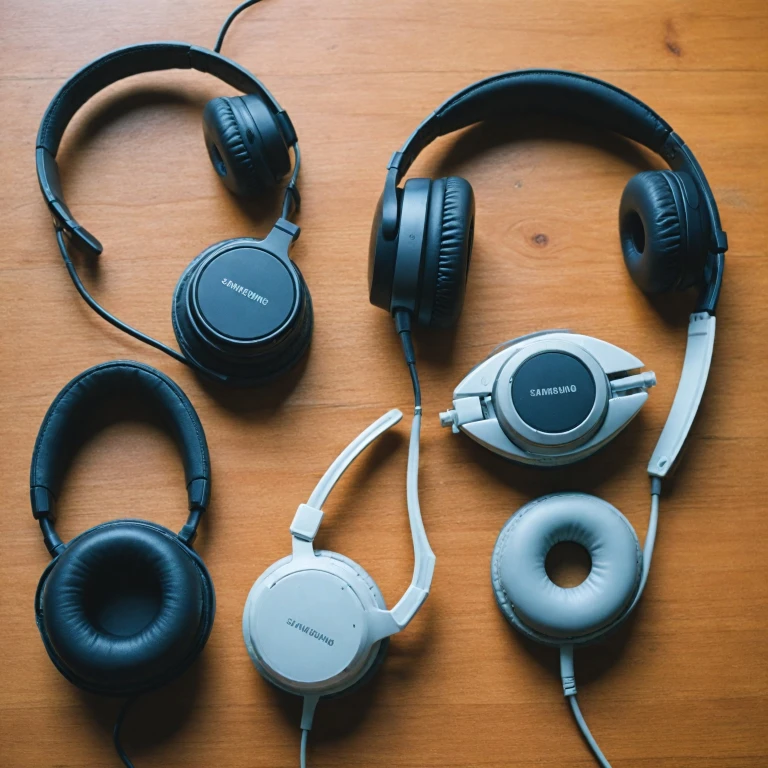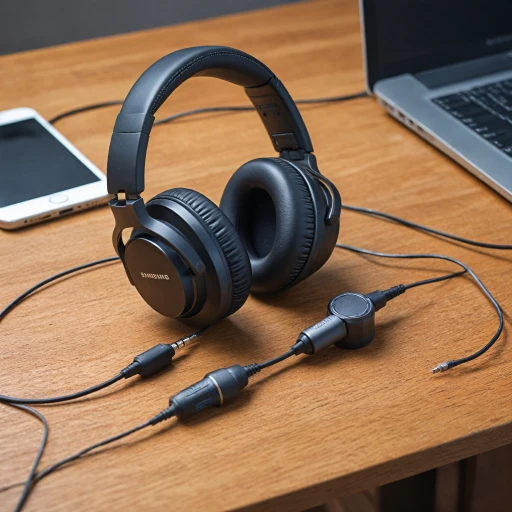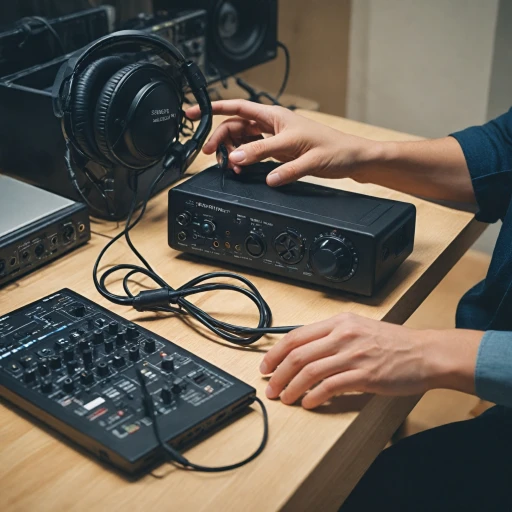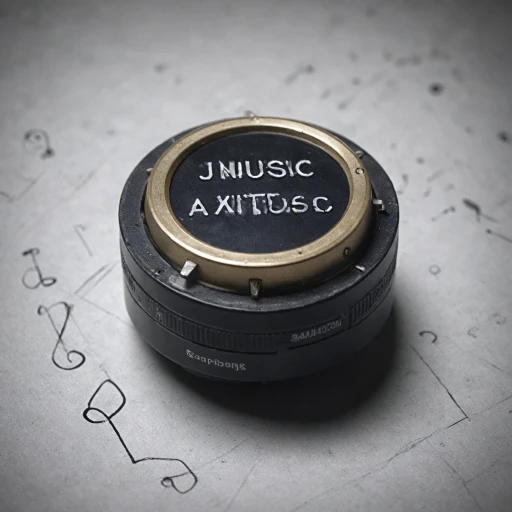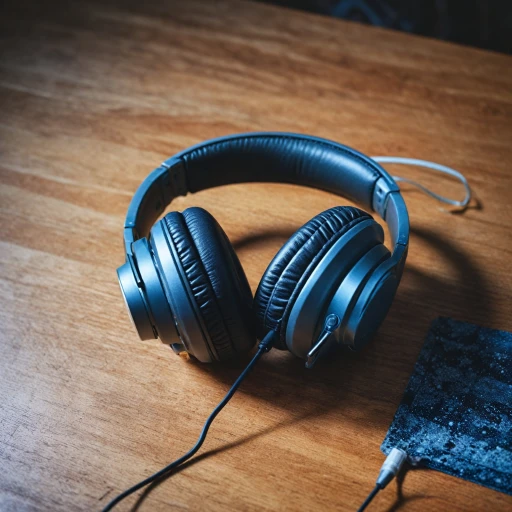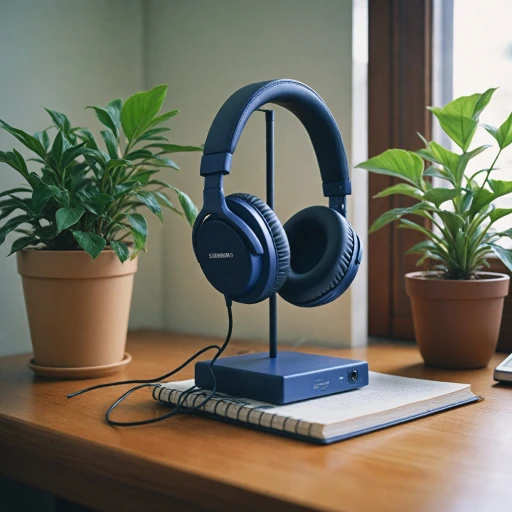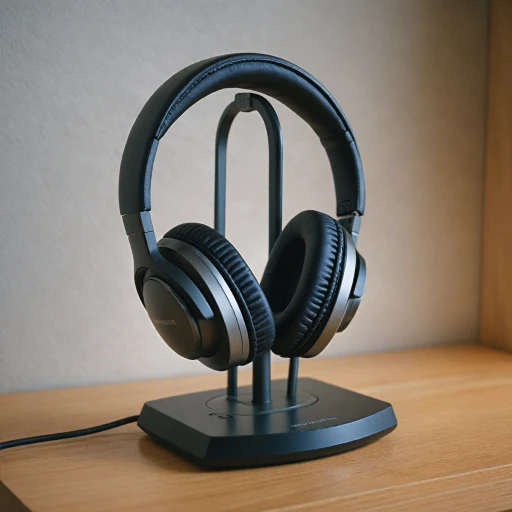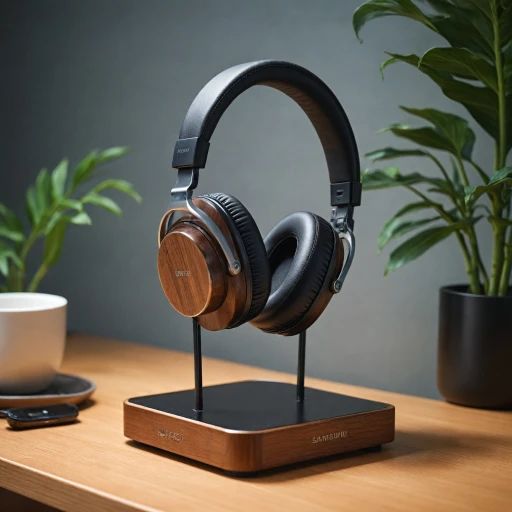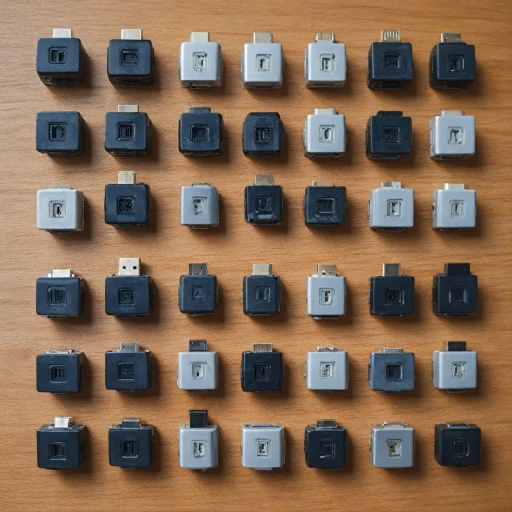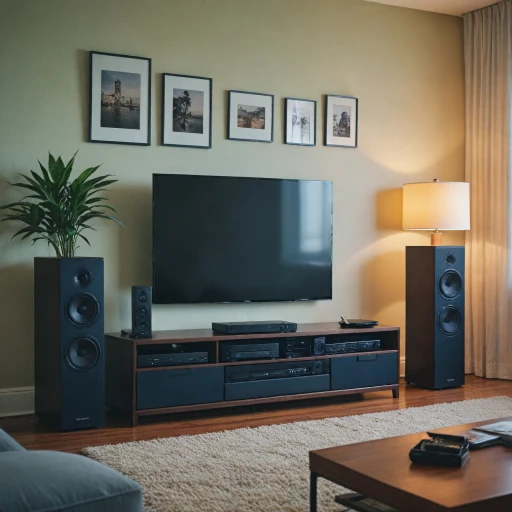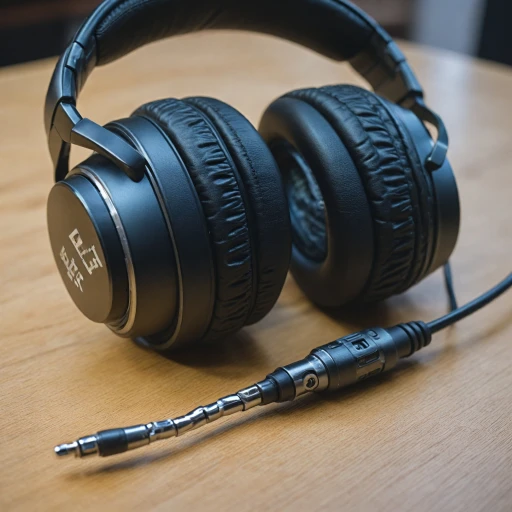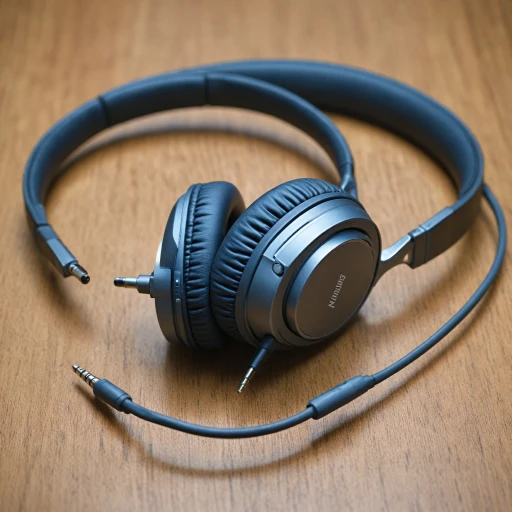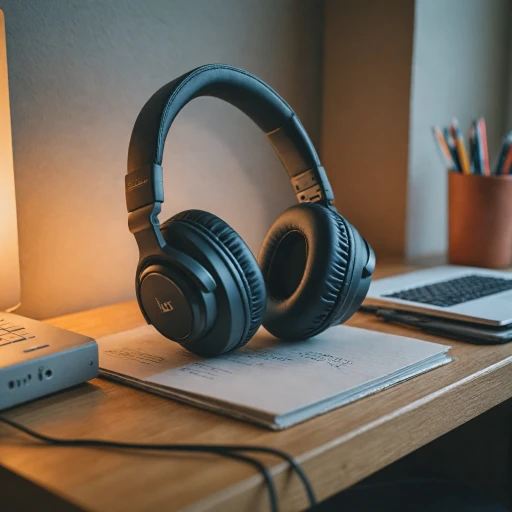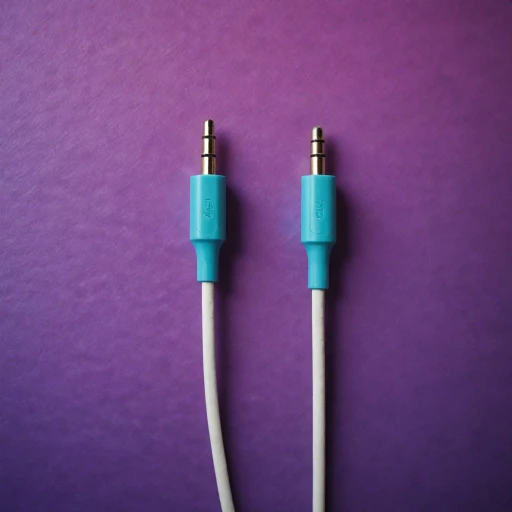
Understanding USB-C Headphones
Decoding USB-C Headphones
USB-C headphones offer a modern alternative to the traditional 3.5mm audio jack, aiming to provide superior sound quality, connectivity, and convenience. They are designed to work seamlessly with devices equipped with USB-C ports, prevalent in many of today’s smartphones, tablets, and laptops. By utilizing the USB-C connection, these headphones promise better audio quality and greater power delivery for enhanced sound experiences. USB headphones have rapidly gained popularity due to their potential for delivering higher resolution audio. This is largely possible because USB-C can handle more data than its analog counterpart, the 3.5mm jack. Additionally, with USB-C headphones, users can benefit from integrated features like volume control, active noise canceling, and built-in microphones, enhancing the versatility and functionality of the headset. When considering USB-C headphones, it’s crucial to understand their compatibility with different devices. This type of connection supports digital signals, reducing potential noise interference, thus providing clearer audio. Alongside wired earbuds, wireless earbuds have also made a significant impact, especially those equipped with Bluetooth connectivity, known for their portability and ease of use. USB-C offers great advantages over traditional analog connections, but it does come with its own challenges. Factors such as price, the quality of noise isolation, and the specific audio qualities you value can all influence your ultimate choice. Nonetheless, USB-C headphones are lauded for their sound quality and convenient features, making them an excellent choice for anyone looking to explore new audio horizons.The Science Behind Noise Canceling Technology
Delving into Sound Isolation and Active Noise Control
When it comes to noise canceling technology, understanding the fundamentals can significantly enhance your selection process of headphones, especially with USB-C connections. At its core, noise canceling involves two primary techniques: passive noise isolation and active noise control. Passive noise isolation relies on the physical design of the ear headphones to block external sounds. This is often achieved by closely enveloping the ears or by using tightly fitting ear tips common in wired earbuds and noise isolating models. On the other hand, active noise canceling (ANC), is powered by more advanced audio engineering. In active noise canceling headphones, tiny microphones capture the ambient noise around you. The headset then processes these ambient sounds and generates sound waves in the opposite phase. This is where frequency response plays a crucial role, nullifying background noise and allowing the user to enjoy their audio experience free from external disruptions. ANC is particularly effective at canceling low-frequency sounds like the hum of an airplane or street traffic. USB-C headphones leverage power from devices which can enhance the effectiveness of active noise cancelation. Unlike traditional ear headphones that might rely heavily on batteries, USB technology allows the headphones to integrate more robust noise canceling features without compromising physical design or needing an extra power source. You'll often notice a difference in performance across various models of bluetooth headphones, including true wireless and wired variants. Availability of features like volume control, mid range clarity, and overall sound quality might vary from brand to brand. Brands like top-tier sony wireless have been praised in user reviews for their superior ANC capabilities, though price can be a consideration as high-end models often reflect the quality in cost. Additionally, it's worth considering earbuds as an alternative. Now available in both wired and wireless earbuds with advanced noise canceling features, these compact options are a boon for those prioritizing portability and convenience, often offering free shipping deals to sweeten the deal. For an in-depth look into how such technologies might require specific cabling, consider exploring the importance of a TRRS to TRRS cable in noise-canceling headphones. This insight might guide you in configuring your perfect audio experience.Comparing USB-C and Traditional Headphones
Comparing the Generations: USB-C Versus Traditional Headphones
In recent years, USB-C headphones have emerged as a popular choice among audio enthusiasts. However, the debate between USB-C and traditional wired or wireless earbuds remains ongoing. Let's delve into what sets them apart, and why some users may prefer one format over the other. 1. Audio Quality and Frequency Response Traditional headphones, which often make use of the 3.5 mm audio cable or Bluetooth technology, have set the standard in sound quality. High-quality headphones in this category are renowned for providing a rich audio experience with a wide frequency response. However, USB headphones, specifically USB-C headphones, are closing the gap. With their digital audio capability, USB-C headphones often deliver an improved sound quality that's on par or even superior to their analog and wireless Bluetooth counterparts. 2. Convenience and Compatibility Compatibility is a significant factor when choosing between USB-C headphones and traditional headphones. USB-C connectors are becoming increasingly common in modern smartphones and laptops, eliminating the need for adapters that are often required by traditional wired earbuds. Yet, for those using older devices without USB-C ports, traditional headphones with a 3.5 mm jack or Bluetooth functionality might still be the best bet. 3. Active Noise Cancellation and Isolation Noise canceling technology plays a pivotal role in modern headphones. While both USB-C and traditional Bluetooth headphones offer active noise cancellation, USB-C headphones may provide improved noise isolation, thanks to their enhanced digital processing capabilities. 4. Battery Life and Power Considerations In terms of power consumption, traditional hands-free headsets using Bluetooth can offer extended battery life. USB-C headphones, on the other hand, don't always require an internal battery since they can draw power directly from the device they are connected to. This can be advantageous for users seeking a hassle-free audio experience without worrying about charging another device. 5. Price and Availability Price can be a determining factor for many consumers. Traditional earbuds and over-the-ear headphones often come with a wide price range, fitting different budgets. USB-C headphones, due to their newer technology, might be slightly pricier. However, with increasing demand and production, more models are available with competitive pricing and free shipping options. Whether you are leaning towards USB-C's digital prowess or the timeless reliability of traditional headphones, the decision ultimately comes down to personal preference and specific use-case scenarios. For those interested in protective covers for their headphones, they can explore their benefits here.Key Features to Look for in Noise-Canceling USB-C Headphones
Essential Characteristics to Enhance Your Listening Experience
When delving into the realm of noise-canceling USB-C headphones, it is crucial to recognize the features that define their sound quality and efficiency. These key attributes not only guarantee superior audio performance but also elevate the overall user experience.
- Active Noise Cancellation: Central to these headphones is the ability to significantly reduce external noise through active noise canceling technology. This feature is paramount for immersive sound experience and is often what sets apart the best models.
- Sound Quality: A balanced frequency response is crucial in ensuring high fidelity in your audio. Look for headphones that deliver a clear mid range and rich bass, providing a more lifelike listening experience.
- Comfort and Fit: Whether opting for wired earbuds, wireless earbuds, or over-ear headphones, comfort is essential. A snug fit can enhance noise isolation and ensure prolonged use without discomfort.
- Wireless versus Wired Options: Depending on your preferences, USB-C headphones offer both wired and wireless bluetooth options. Each type offers different benefits, such as freedom of movement with wireless or reliable sound with wired connections.
- Durability and Build Quality: Consider materials that ensure longevity without compromising on aesthetics and comfort. Headsets with sturdy and flexible designs often come highly reviewed.
- Battery Life: For those leaning towards wireless options, battery longevity is a crucial factor. A robust battery life ensures that your wireless buds or Sony wireless headphones last through extended listening sessions.
- Additional Features: Look for convenient extras like volume control and compatibility with various audio devices. Some models even offer free shipping options and competitive pricing, adding value to your purchase.
Taking these features into account can significantly affect your decision-making process. Make sure you choose a model that encompasses your preferences while maintaining high standards of audio quality and noise cancellation.
Top Brands and Models of USB-C Noise-Canceling Headphones
Leading USB-C Headphones for Impeccable Noise Cancellation
The market for USB-C noise-canceling headphones is buzzing with options, offering a range of features that satisfy both audiophiles and casual listeners. These headphones integrate innovative technology with user-friendly designs, seamlessly catering to the demand for both wired and wireless options.
When evaluating the best USB-C noise-canceling headphones, it's essential to consider the sound quality they offer. Many notable brands emphasize active noise cancellation and superior audio fidelity that enhances your listening experience. Here are some distinguished brands and models that have stood out in the current market:
- Sony Wireless Noise-Canceling USB-C Headphones: Famous for their active noise cancellation capabilities, Sony's wireless offerings provide excellent sound quality, whether you're streaming music via Bluetooth or using a USB connection. Their models often come with long battery life and quick charge features.
- Bose QuietComfort USB-C Headphones: Bose consistently delivers on noise isolation, ensuring minimal external disturbances. Their ear headphones offer a balanced frequency response, making them perfect for both music and calls.
- Apple AirPods Pro with USB-C: These true wireless earbuds come with seamless Bluetooth connectivity and effective noise isolation, backed by a design that fits comfortably in the ear. The extensive ecosystem integration makes them a popular choice among Apple users.
- Jabra Elite USB-C Earbuds: Renowned for their sound quality and comfortable fit, the Jabra Elite series features impressive noise cancellation. The buds provide great audio during both music playback and calls.
- Sennheiser Momentum USB-C Wireless Headphones: Known for delivering high audio quality, Sennheiser's Momentum headphones include both wired and wireless capabilities, ensuring versatility alongside robust noise canceling technology.
When choosing the best USB-C noise-canceling headphones, it's also important to consider features like volume control, the price range, and whether the product offers free shipping. Reading detailed reviews can give you insight into user experiences and the overall quality of the headphones. Brands that offer mid-range and premium models usually provide extensive reviews, helping you weigh the benefits against the costs effectively.
Tips for Maintaining Your Noise-Canceling USB-C Headphones
Keep Your Headphones Clean
Maintaining your noise-canceling USB-C headphones starts with regular cleaning. Dust and earwax can accumulate, affecting sound quality and comfort. Use a soft, dry cloth to wipe the ear cups and headband. For earbuds, gently remove and clean the tips with warm soapy water, ensuring they are completely dry before reattaching.
Store Properly
Proper storage is crucial to prolong the lifespan of your headphones. When not in use, keep them in a protective case to avoid damage. This is especially important for wireless earbuds and USB headphones, as they can be more susceptible to wear and tear. Avoid leaving them in direct sunlight or extreme temperatures, which can degrade the materials.
Monitor Battery Health
For wireless and bluetooth headphones, battery health is key. Charge them regularly but avoid overcharging, which can reduce battery life over time. If your headphones have a wired option, consider using it occasionally to give the battery a break, enhancing its longevity.
Software Updates and Connectivity
Check for firmware updates if your headphones support them. These updates can improve performance and sound quality. Additionally, ensure your bluetooth and wireless connections are secure and stable to prevent audio dropouts. For wired earbuds, inspect the cables regularly for any signs of wear.
Handle with Care
Whether you have a pair of sony wireless headphones or mid-range wired earbuds, handling them with care is essential. Avoid pulling on the cables or dropping the headset, as this can lead to internal damage affecting the noise canceling capabilities.
By following these tips, you can ensure your noise-canceling USB-C headphones continue to deliver the best audio experience, maintaining their sound quality and active noise cancellation features over time.
